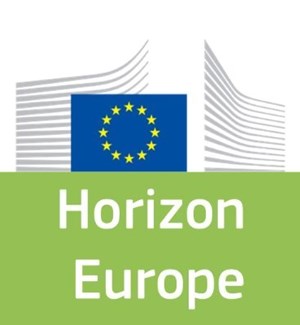- Katholieke Universiteit Leuven - Belgium,
- Universiteit Gent - Belgium,
- Centre National de la Recherche Scientifique CNRS - France,
- Moverim Consulting SPRL - Belgium,
- Promoscience SRL - Italy,
- Medizinische Universität Wien - Austria,
- Karolinska Institutet - Sweden,
- University of Vienna - Austria,
- Sciensano - Belgium,
- Srebrnjak Children's Hospital - Croatia,
- Haute Ecole Specialisee De Suisse Occidentale - Switzerland
The rise in plastic pollution of the ocean is visible, but some plastics are so small they cannot be seen by the naked eye. At the sub-five-millimetre down to nanometre scale, these tiny plastics are also entering the environment and posing a huge concern for biota and human health. The EU-funded Imptox project will develop an analytical platform to investigate the effect and toxicity of micro- and nanoplastic particles (MNPs) combined with environmental contaminants on the risk of allergic disease in preclinical and clinical studies. The platform will be designed to find suitable analytical approaches for determining the extent of the problem. Findings will lead to novel tools for MNP detection and increased awareness of disease risk.
Want to analyze based on this project via our analysis tool? Analyze this project
Knowledge Gaps
Exposure assessment-general
Environmental exposure
Testing considerations-general
Human and environmental effects and toxicity test methods
Risk assessment (RA)
Publications





